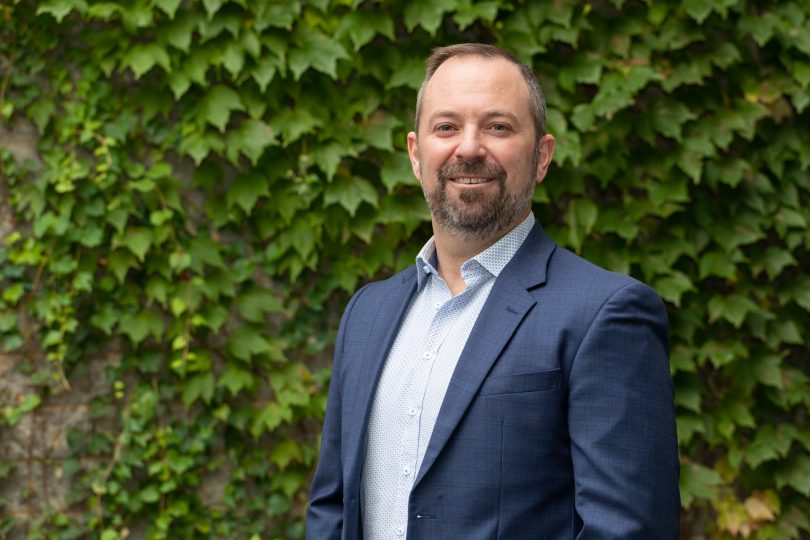
Allinsure director Peter Chamberlain says the end of financial year is the ideal time to review your insurance policies. Photo: Michelle Kroll.
A staggering 83 per cent of Australians are underinsured on their properties, representing millions of dollars in potential claim shortfalls, according to a Canberra expert.
Allinsure director Peter Chamberlain is urging Canberrans to consider the numerous pitfalls that can leave business and property owners substantially underinsured, often unwittingly and sometimes with catastrophic consequences.
These pitfalls can be insidious and often underinsured businesses and individuals are completely unaware of the risk they’re accepting.
Most insurance policies contain a “co-insurance” clause. It means if you’re underinsured, only a proportion of the actual cost of repairing or replacing your asset will be paid by your insurer.
“There have been cases in Canberra where this has resulted in millions of dollars of shortfalls on claims where the owner was deemed to have insured that portion themselves,” Mr Chamberlain said.
Many external factors can impact the value of your assets over time.
“For example it’s widely known the construction industry is reporting a 30 per cent average increase in building materials and labour costs over the past year,” he said. “That’s because we still have an undersupply and resources issues that haven’t yet corrected themselves post-COVID, which was amplified by the impacts of geopolitical issues including the Ukraine/Russia war.
“We all know repairs to property won’t cost the same this year as they did last year, but this thinking often doesn’t extend to our insurance policies.
“And this consideration goes beyond the construction industry. Things like motor vehicles and plant equipment are worth more today than people paid two years ago, even second hand. An enormous number of insurance policies haven’t been adjusted to reflect that, so agreed values are less than the cost of replacement.”

It’s believed a very high portion of Canberrans are underinsured, and it could cost them big. Photo: Michelle Kroll.
Price increases is a wide-ranging issue impacting insurance policies on numerous levels that won’t necessarily be on the average policyholder’s radar.
Sums insured become quickly misaligned with rising prices, noting that inflation is currently at seven per cent and the Insurance Council of Australia is reporting the claims inflation rate has been running in excess of 12 per cent per year.
Other external factors to consider include legal expenses, product recalls and rising threats such as cyber security.
But not all factors leading to underinsurance are external.
“In COVID we saw a lot of businesses adapt, taking on new income streams and often whole new activities,” Mr Chamberlain said.
“For each new activity you have a duty of disclosure to your insurance provider. Failure to do so can void your policy.”
While the ultimate goal for a business might be growth, Mr Chamberlain warned against letting protection of that growth fall to the wayside.
“If your business has grown, your profit margins have increased, its value has gone up and that’s wonderful news. But is that new value reflected in your policy?” he said.
“If you overlook recalculating your insurable growth profit, you could be looking at a massive claim shortfall in the event of a business interruption.”
He said the end of financial year was the ideal time to re-evaluate insurance policies.
“Especially with instant asset write-off available until 30 June, there tends to be an uptick in large purchases of new plant, equipment and assets in the lead-up to the end of the financial year. While you’re insuring those items, writing off debts, doing all your checks and balances, it’s the prime opportunity to revisit current policies as well.
“This should include a review of the indemnity period – the length of time the insurer will cover the lost gross profit after a claim occurs. While the standard indemnity period for a commercial property or retail business used to be 12 months, this is no longer adequate. Market forces have seen repair periods commonly extend well beyond 18 months.
“For property owners in particular, it’s worth considering a quantity surveyor. For less than $1000 they’ll provide a far more comprehensive report including predictive modelling that will give you peace of mind for the next two to three years.”
Mr Chamberlain warned those working directly with insurers against assuming an accurate review would be part of the standard renewal process.
“They’ll usually simply roll it over and you’ll be lucky if they increase insured sums by the standard index of three per cent,” he said.
“A good broker should review all policies in detail with their client every year. If they’re doing their job, they’re contacting you six to eight weeks out from every renewal, asking the pertinent questions, prompting you to check sums insured, discussing new emerging risks associated with the business and new activities you might be undertaking.”
For a comprehensive insurance review with a trusted broker, visit Allinsure.





















